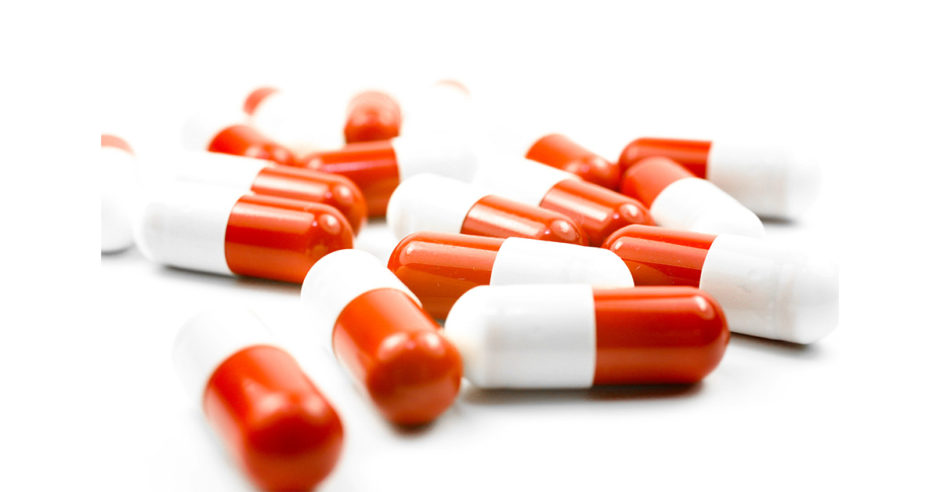Drug addiction? Sure, we’ve all heard the stories.
One of the latest is that of Daniel Smith – son of iconic model Anna Nicole Smith – who, according to some reports, died from an accidental overdose on a cocktail of drugs that he took prior to a flight, ironically, to calm his nerves due to a fear of flying.
But sure, for those living a life of celebrity the clichéd saying “sex, drugs and rock and roll” come to mind. But how about when we read statistics like “An estimated 2,000 Canadians died of opioid overdoses in 2015 alone,” as stated by Canadian Chiropractor author Sheryl Ubelacker in one of the publication’s recent eNewsletters.
Being a mom myself, I can relate, admittedly to a somewhat lesser degree. I am a Marketing Executive by day, and a full-time mom of two ‘babies’ by night. I need only feel what I think may be an inkling of a headache coming on for me to reach for the product of whichever pharmaceutical company has been the most creative in breaking through the noise lately to convince me that their headache pills will work instantaneously and provide lasting relief. In times gone by, reminiscent of an addicted alcoholic’s behaviour, I have kept one of those ‘just in case’ bottle of headache tablets in my draw at work, one in each of my handbags, my jacket pockets – where haven’t I kept those lifesaving instant relief capsules?!. I cannot afford to be ‘down and out’ for hours at a time! Now compound that simple example with what starts off as a seemingly casual injury that escalates into something infinitely more debilitating, which ultimately affects our livelihood and our lifestyle.
Naturally, our first stop is to our trusted, best-intentioned medical experts, whose official diagnosis leads them to prescribe us something that will provide us relief. Or, as Dr. Jason Busse, a researcher at the National Pain Centre at McMaster University more eloquently puts it in the article*, “It really comes down to the paradox of trying to provide important relief for patients dealing with unrelenting chronic pain while at the same time balancing the risks associated with the medications.” Ah. What we all want, relief! Or, is it?
The article goes on to provide this staggering statistic – somewhere between a “half a million to one million Canadian adults are currently on long-term opioid therapy for chronic pain, often at high doses.” (Dr. Busse). 500,000 Canadians?!


It’s no wonder then that to stem the crisis, updated guidelines released this Monday are now discouraging doctors from using some of these powerful drugs as the first-line of treatment for patients suffering from chronic pain.
But that then begs the question, well what then? Where does that leave patients – and practitioners – who are in search of a better way? Do I limper along like the proverbial three-legged dog, trying to manage what is already a tenuous juggling act as a marketing executive, wife, busy mom and chauffeur, and which is now complicated by that nagging injury and ongoing pain? Surely, there must be a better way.
And, with no pun intended, I could not possibly have paved a better way for the grand entrance of Theralase therapeutic laser technology. Is it true that a scientifically proven (non-invasive) technology exists that works by stimulating the body’s own natural healing mechanisms to eliminate pain, reduce inflammation and speed healing? Thousands have benefitted from a ‘better way’.
So, before your doctor reaches for that prescription pad pointing you down the path of drugs and opioids, I speak as one mom to another, one woman to another, or simply one human being, subject to pain as any other, STOP! There most certainly is a better way.
Theralase. Best-in-class laser technology.
Header image copyright: Martinlisner / 123RF Stock Photo
